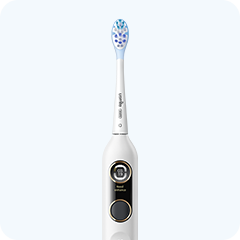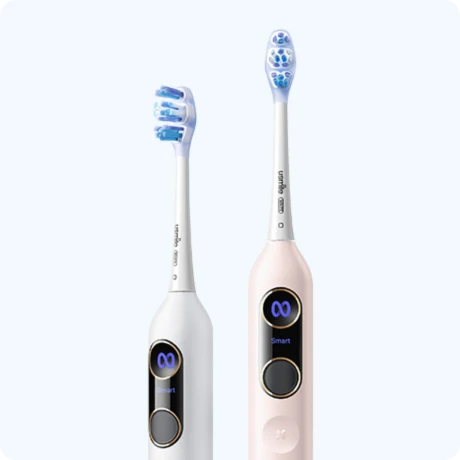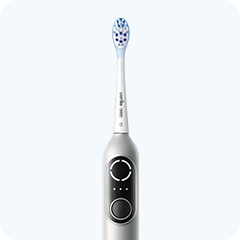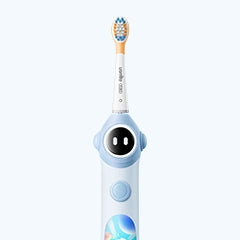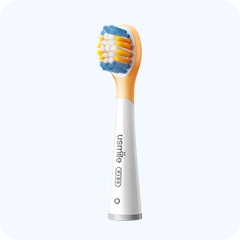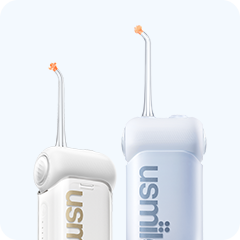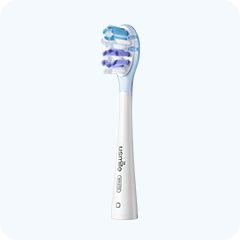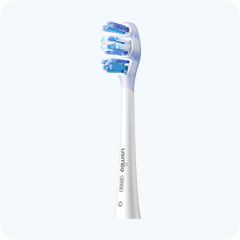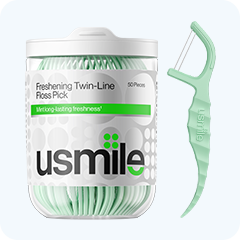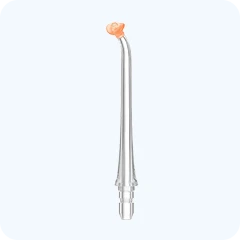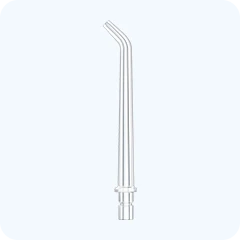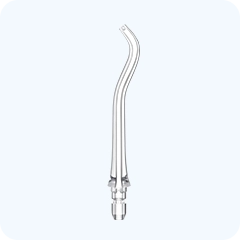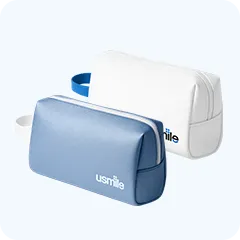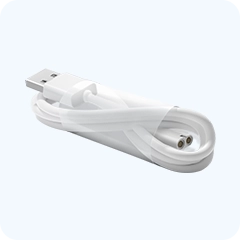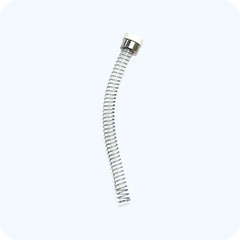Over time, tooth enamel can lose its natural whiteness due to age and certain lifestyle habits. Tooth stains are among the most common dental concerns for people worldwide. The primary culprits behind these stains are foods and beverages that discolor teeth. While avoiding all stain-causing foods might be unrealistic, understanding which ones are most harmful to your enamel can help you make informed choices to minimize their impact. Let’s explore the key offenders, their effects on dental health and aesthetics, and expert recommendations for maintaining a bright smile.
1. What Foods and Drinks Cause Tooth Stains?
1.1 Acidic Foods
Acidic foods can weaken tooth enamel, making it more susceptible to discoloration over time. Common acidic foods include citrus fruits like oranges, lemons, and grapefruits, as well as pineapples and kiwis. While these fruits are packed with nutrients, their high acidity can lead to enamel demineralization. Over time, weakened enamel may allow stains to set in more easily. Balancing your diet with less acidic fruits like apples, peaches, or watermelons can help reduce the risk.
1.2 Brightly Colored Fruits and Vegetables
Certain fruits and vegetables with vibrant pigments can stain teeth. Examples include cherries, blackberries, blueberries, raspberries, and beets. These foods are rich in antioxidants and offer significant health benefits, so there’s no need to avoid them entirely. Instead, make it a habit to brush your teeth after consuming these foods to remove any residue that might stain your enamel.
1.3 Carbonated Beverages
Carbonated drinks, such as soda, pose a double threat to your teeth. First, their acidity can erode enamel, while their dark-colored dyes can leave stains behind. Moreover, the high sugar content in most sodas can contribute to cavities, compounding the issue. Reducing your intake of carbonated drinks and opting for healthier alternatives, like water or herbal teas, can help protect your teeth.
1.4 Coffee and Tea
Coffee and tea are everyday staples for many people, but they’re also leading causes of tooth discoloration. Their tannin content can leave yellow or brown stains, with the severity often correlating to how much you consume daily. If you’re not ready to give up your favorite beverage, consider drinking green tea instead of black tea, as it contains fewer staining tannins.
1.5 Wine
Both red and white wine can stain teeth, though red wine is often considered the main culprit due to its deep color. White wine, despite its lack of color, contains high levels of acidity and tannins that can erode enamel and make teeth more prone to staining over time. Limiting wine consumption and rinsing your mouth with water afterward can help mitigate these effects.
1.6 Sauces and Vinegar
Dark sauces like soy sauce and tomato-based sauces, along with vinegars such as balsamic vinegar, are common stain-causing foods. Their deep pigmentation and acidic nature can dull your enamel’s brightness. To minimize staining, try to consume these foods in moderation and brush your teeth shortly after eating.
2. Can Food Stains on Teeth Be Removed?
The good news is that tooth stains caused by food and drinks can often be minimized or removed with proper care. Regular brushing, especially with an electric toothbrush, can make a significant difference in keeping your teeth clean and bright. An electric toothbrush provides superior cleaning power, effectively removing plaque and surface stains that might otherwise lead to discoloration.
In addition to brushing, consider the following tips to reduce and prevent tooth stains:
-
Rinse Your Mouth: After consuming stain-causing foods or beverages, rinse your mouth with water to wash away residues before they settle on your teeth.
-
Use a Straw: When drinking beverages like coffee, tea, or soda, use a straw to minimize contact with your teeth.
-
Professional Cleaning: Regular dental cleanings can remove stubborn stains and keep your smile looking its best.
-
Whitening Treatments: For more significant discoloration, consult your dentist about professional whitening treatments or use over-the-counter whitening products.
Conclusion
While many foods and drinks can contribute to tooth stains, understanding their effects on your enamel can help you make smarter dietary choices. By using an electric toothbrush, maintaining good oral hygiene, and moderating your intake of stain-causing foods, you can preserve the health and beauty of your smile. A brighter, whiter smile is not just a cosmetic benefit—it’s a reflection of your overall dental health.
